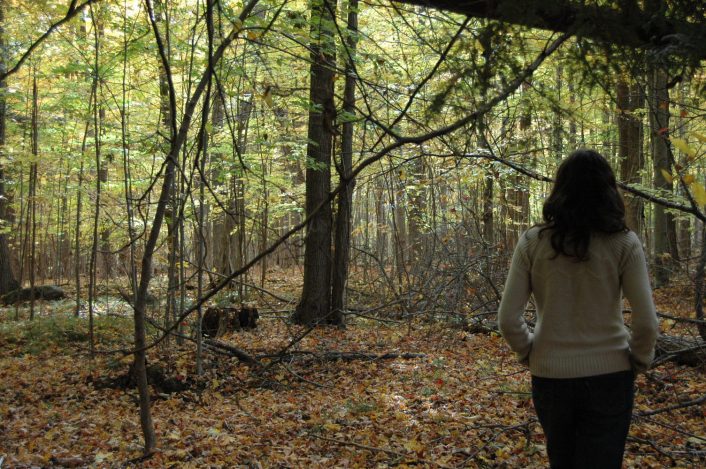A guest blog post from our colleagues at Rescue Lake Simcoe Coalition.
September 17, 2019
RLSC Blog post
Through the summer of 2019, the Rescue Lake Simcoe Coalition undertook an important project: to map the parts of Simcoe County’s landscape that are protected, highlight vulnerabilities, and make recommendations on how to further protect them for future generations, with strengthened policies, property acquisitions and conservation easements.
The maps and report are timely, as the Lake Simcoe Protection Plan is up for review late in 2019, and there is a consultation underway on proposed changes to the Provincial Policy Statement. Both provincial policies could be strengthened to increase the amount of land that is protected from land use changes.
The cartographers employed in the research found that just 14% of the total land area in Simcoe County is in the “best protected” category, and 58% is “somewhat protected.” Some of the “best protected” areas are vulnerable to permits for aggregate extraction. And 99% of the area in the “best protected” category is protected by the Province’s natural heritage protection policies. If these policies were weakened, we would be left with a much smaller and weaker Natural Heritage System in Simcoe County.
While all involved in the business of protecting natural areas understand that the policies that protect natural features may change, the Coalition suggests that linkages between the patches that are well-protected by policy are the top priorities for protection. These linkages create a cohesive, protected network through which water and wildlife can move, rather than disconnected patches. It is a “death by a thousand cuts” to the Natural Heritage System that worries the Coalition; those cuts tend to occur in areas identified as “somewhat protected” in the report. These include the crucial linkages between well-protected patches of forest and wetland.
The Lake Simcoe Region Conservation Authority updated their Natural Heritage System and Strategy in 2018; it includes these linkage areas, but does not change the policies applied to the landscape unless a municipality adopts the NHS in their Official Plan. This is our recommendation to all Simcoe County municipalities that have not done so already.
Protecting greenlands is good for our water, our economy, and our way of life: wetlands regulate water flow, filter water, help control flooding, and provide wildlife habitat and recreational opportunities. Forests also help filter water and regulate water flow, create oxygen, and provide habitat for wildlife. And healthy, naturalized shorelines and river banks shade and cool the water while also protecting from soil erosion, slowing erosion’s contributions to the lake’s phosphorus pollution problem.
RLSC’s report also contrasts Environment Canada’s “How Much Habitat is Enough?” recommendations for Southern Ontario with Simcoe County’s current wetland and forest cover. While wetlands coverage is within Environment Canada’s recommended range, wetlands are being lost, and forest cover of 22% is nowhere near the forest cover target for healthy aquatic ecosystems of 50%. Further, forest cover is unevenly distributed across the County. Developing local and specific targets for forest cover and wetlands would be a good next step towards increasing the resiliency of Simcoe County’s landscape and water quality.
There is absolutely reason for hope: because Simcoe County’s Natural Heritage System is so big, there is ample opportunity to increase the amount of land that is permanently protected, if the County, municipalities or the province go beyond what today’s Natural Heritage protection policies require. The report provides recommendations for the province, municipalities, and landowners, ranging from expanding the Greenbelt into Simcoe County, maintaining or strengthening the provincial policies that protect wetlands, forests, and shorelines, developing strong tree-cutting bylaws and exploring land trust options.
The opportunity to get it right in Simcoe County should inspire engaged citizens, planners, and our governments, to develop an approach to land use planning that permanently protects an adequate amount of green space, and prepares us for an uncertain future.
The Coalition hopes its maps and research will be useful for land trusts’ identification of priority areas for protection. The Coalition is presenting the results of its research to land trusts on November 7, 2019, by Zoom webinar. Please contact us if you would like to be included. We want to collaborate with land trusts and share our results.
The report and maps are available for download here.
Written by Claire Malcolmson, Executive Director, Rescue Lake Simcoe Coalition
The Rescue Lake Simcoe Coalition is a lake-wide member-based organization, representing 22 groups in the Lake Simcoe watershed, that provides leadership and inspires people to take action to protect Lake Simcoe. www.rescuelakesimcoe.org

